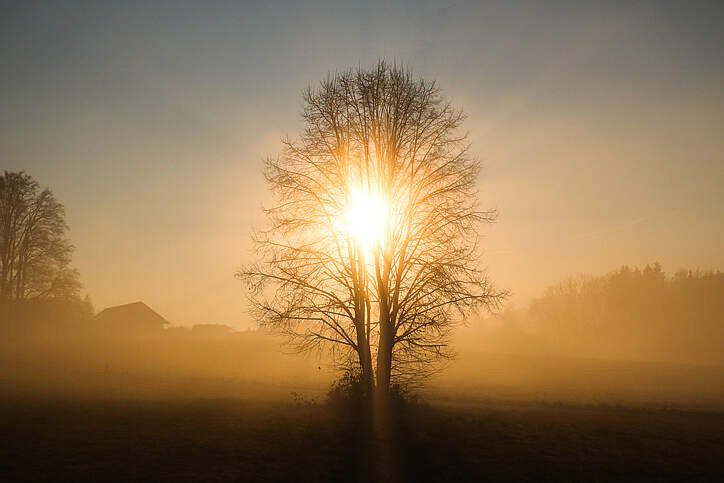
It was the eve of the Epiphany on the Russian front, during World War II. Russians and Germans were facing each other. A German soldier named Karl walked inside a chapel situated in the woods, to pray the divine office. Inside there were an Orthodox priest and his wife, ready to celebrate the Divine Liturgy. Speaking a few words in Russian, Karl introduced himself, and asked: "I am a Franciscan monk. May I serve the Liturgy for you?" “Come," the priest replied.
The three participants were very moved: as chance would have it, a horrendous war brought together Orthodox and Catholics, Russians and Germans in the Eucharist! Heaven’s tenderness permeated those three hearts united in Christ.
Towards the end of the service, Red Army soldiers who had spotted Karl's tracks, surrounded the chapel and summoned the priest: "Hand him over, otherwise we’ll shoot!"
Unflinching, the priest put his hand on the German's shoulder, explaining to the soldiers: "He is a Franciscan monk, a starets!” (Starets are hermits living a life of prayer and penance). The atavism of "Holy Russia" seemed to flow back into the hearts of Stalin's soldiers, brought up as pure atheists. At the word "starets," they lowered their rifles in respect, obeying a deep instinct.
"The starets came to pray with me. I ask you to walk him back safely to the German lines.” With a nod, the non-commissioned officer obeyed, escorting the young German monk to within a close distance of his unit. This happened near Orel, 155 miles south of Moscow. Today Karl is a missionary in Japan. He has never forgotten this day of January 6, 1942, feast of the Epiphany, where he had a vivid encounter with "Holy Russia."
Véronique Gariel
In Catacombes, January 1983